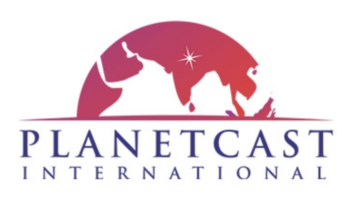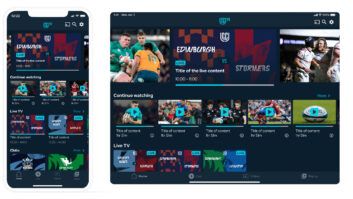The onset of OTT video delivery started two years ago but it is now reaching a new phase. Today’s consumers are demanding video content anytime, anywhere, on any device, on a variety of networks, pushing operators to look for content delivery network (CDN) solutions that are more efficient, cost-effective, scalable, and dedicated to providing a superior quality of experience (QoE).
As we near the end of 2014, several CDN trends have emerged. The first trend is virtualisation, meaning the capability of running the different components of a CDN on virtual machines. Allowing operators to deploy a CDN in their private cloud breaks the link between appliances and applications, bringing a variety of benefits, including decreased hardware costs, resource optimisation, increased flexibility, simplified administration, more scalability, and unmatched elasticity to meet the demand.
Leveraging the cost savings that virtualisation provides, operators can deliver the high level of performance requested by the market. Broadpeak ha always supported a software-based approach to video delivery, and we will continue to do so based on the massive benefits that it offers operators.
Another recent trend is the growing demand for live OTT content, especially during major sporting events, such as recent football events in Brazil. Keep in mind, demand for live OTT content is not just limited to the living room TV – consumers want it on a wide range of devices, including smartphones, tablets, and PCs.
To address this issue, operators need scalable multiscreen solutions capable of delivering popular live events, such as Broadpeak’s nanoCDN technology, which is being showcased at IBC2014. The live multiscreen application of nanoCDN enables operators to cost-effectively manage the consumption peaks of live multiscreen services for millions of simultaneous viewers using only a few megabits per second from their network. This is achieved by implementing multicast support for ABR formats.
The third trend is related to a change in how content providers that do not own a network are delivering OTT video. In a competitive market, content providers have to use the CDN that will provide their customers with the best quality of service at the lowest cost. YouTube and Netflix have deployed their own solutions, with Google Cache and OpenConnect, respectively.
They require that operators install dedicated caching servers on their premises to improve the delivery. But most content providers aren’t prepared to deal with the complexity of deploying their own CDN. These providers have another choice to enhance their performances: use a mix of CDNs for content delivery, allocating requests to various CDNs based on specific criteria, such as geolocation, quality of service, NSPs, etc.
This approach recognises that relying on the same CDN for every content delivery situation is not optimal. Using multiple CDNs, operators can guarantee a better QoE for the end-users. At IBC2014, Broadpeak is highlighting this concept through the umbrellaCDN CDN selection tool, which allows content providers and operators to choose dynamically the ideal CDN to deliver their video content. Stop by our booth at 4.B72 for a live demonstration and to discuss trends you see in the video delivery market.






